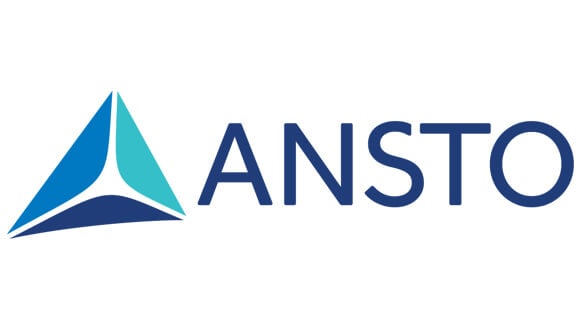ANSTO’s health and safety challenge
The risks inherent in handling radioactive, chemical, biological and other hazardous materials mean that WHS at ANSTO is heavily regulated. Driven by this need to comply with stringent legislative requirements, the organization’s health and safety management system evolved, and proved effective, over many years.
From 2013, the requirements of the system changed more rapidly, when ANSTO became the operator of the Australian Synchrotron, a radiation facility based in Melbourne, which had some existing regulatory commitments for management system certification that ANSTO needed to maintain. ANSTO also wanted to integrate the two organizations’ health and safety management systems, as well as to benchmark itself against an external standard to continually improve towards best practice.

